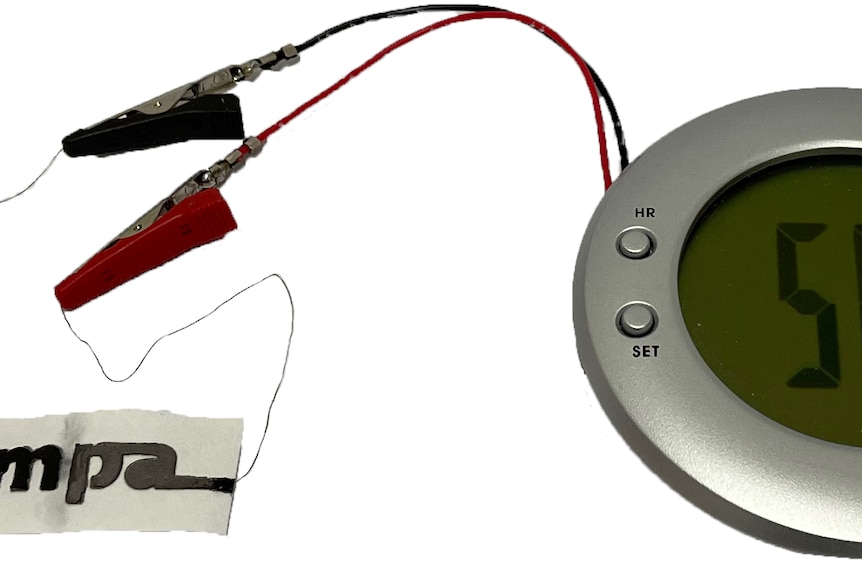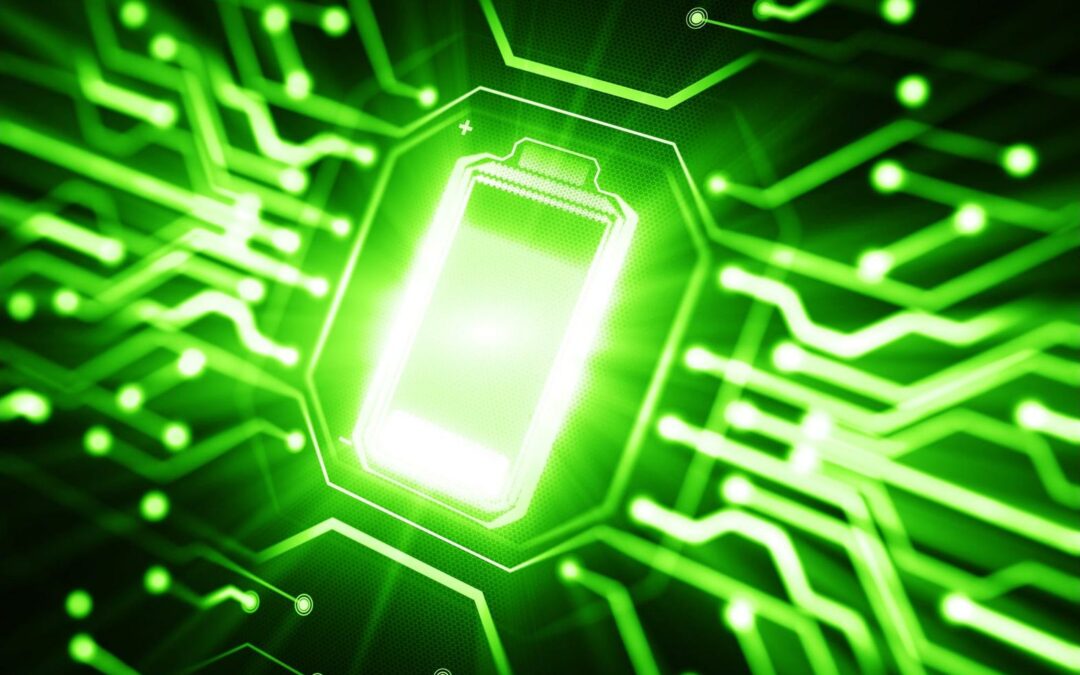The water-activated battery can be used with a variety of single-use electronic gadgets.
Scientific Reports published a proof-of-concept study that describes a water-activated disposable paper battery. The researchers claim that it might be used to power a wide range of low-power, single-use disposable electronics, including smart labels for item tracking, environmental sensors, and medical diagnostic gadgets, to reduce their environmental impact.
The battery is made up of at least one cell that is one-centimeter square and is composed of three inks printed on a rectangular piece of paper. It was created by Gustav Nyström and colleagues. The paper strip has wax on one of its shorter ends and is dusted with sodium chloride salt.
The positive end of the battery is represented by the flat side of the paper that is printed with graphite flakes-containing ink (cathode). The negative end of the battery is represented by the other side, which is printed with ink containing zinc powder (anode).
An additional ink made of graphite particles and carbon black is printed on both sides of the paper in addition to the other two inks. This ink connects two wires that are placed at the wax-dipped end of the paper to the positive and negative ends of the battery.
When a small amount of water is applied, the salts in the paper dissolve, releasing charged ions. These ions propagate throughout the paper to activate the battery, which results in the release of electrons from the zinc in the ink at the negative end of the battery.
The circuit is closed when the wires are connected to an electrical device, allowing electrons to move from the negative end, through the graphite and carbon black-containing ink, wires, and apparatus, to the positive end, the graphite-containing ink, where they are transferred to oxygen in the surrounding air. The electrical current produced by these reactions can be used to power the apparatus.

The scientists merged two cells into one battery and used it to power an alarm clock with a liquid crystal display to show that their battery can power low-power electronics. When two drops of water were added, a one-cell battery activated in 20 seconds, and when it wasn’t linked to anything that needed electricity, it maintained a consistent voltage of 1.2 volts.
A typical AA alkaline battery has a 1.5 volt voltage. The performance of the one-cell battery drastically declined after an hour as a result of the paper drying. The voltage was stable at 0.5 volts for more than an extra hour after two more drops of water were applied.
The scientists suggest that their battery might lessen the environmental impact of single-use, low-power gadgets due to the biodegradability of paper and zinc. They indicate that reducing the quantity of zinc used in the ink, which also enables precise control of the battery’s electrical output, can further improve the battery’s sustainability.

